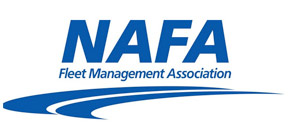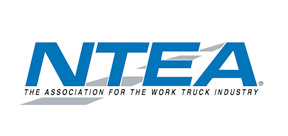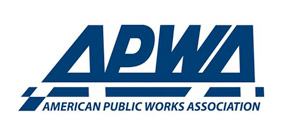Fighting the F.O.G.: Tyler, Texas, passes new ordinance to combat sewer buildups, backups and overflows

Grease traps and grease interceptors help to protect the sewer lines by catching the fats, oil, grease, solid waste and sediment before it can enter the public sewer lines. The traps and interceptors must then be emptied a minimum of every 90 days to keep it from facing a buildup. (Shutterstock.com)
By AuntSpray
Royalty-free stock illustration ID: 635080619
Passing the ordinance
For Tyler, only one reading of the ordinance was necessary prior to it being put to a vote and passed. “We used guidance language from the Texas Commission on Environmental Quality and other municipalities to put together our ordinance,” Neuhaus explained. “We had a council member review and comment on the ordinance who was a former restaurateur. Then we presented it to the local restaurant association. Next, we submitted this same presentation to the city council. Finally, we put it on the agenda and put it to a vote.”
This ordinance establishes specific regulations, which govern the discharge of fats, oil and grease into the sanitary sewer system by all users of the publicly owned treatment works who are not domestic, such as food service establishments. Facilities that are generating F.O.G. through food preparation, processing, manufacturing or service are required to install, use and maintain grease traps or interceptors. The facility must also have the plans and specifications of these grease and grit reducing devices, otherwise known as GRDs, reviewed and approved by the city’s building inspection department as well as the industrial pretreatment program prior to installation.

When fats, oil and grease build up in a sewer line it can lead to sewage backup and overflow into a yard, storm drain or street. Cleaning up and repairing this issue can result in hefty expenses and unfortunate effects to the environment. (Shutterstock.com)
Certain requirements must be met in order to pass inspection. A GRD must be outside the generator, not under the sink. It must also provide a two-way, three-inch or larger clean out on the effluent side. Receptacles that could discharge hot water must be a minimum of 10 feet from the GRD and any water must be cooled to 120 degrees before reaching the GRD.
The capacity of a GRD must be at least 750 gallons, though specific exemptions could allow one with only a 500 gallon capacity under certain circumstances. It must be pumped completely empty and cleaned every 90 days; however, additional pumping may be necessary if the GRD’s grease layer exceeds 6 inches, the settled solids layer is greater than 8 inches or 25 percent or more of the wetted height of the GRD contains oil, grease, fats or sediment. Removed gray water should never be returned to a grease trap or interceptor.
All GRDs must be easily accessible for inspection, maintenance, cleaning and sampling. Inspectors must be granted access to test, sample and measure the device. They must also be granted access to examine records regarding the maintenance, cleaning and past inspections. All food service establishments are subject to review and inspection, and operators are responsible for the costs of installing the GRD along with inspections, pumping, cleaning, maintenance and operation.
Continue on Page 3…


